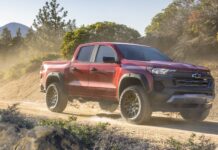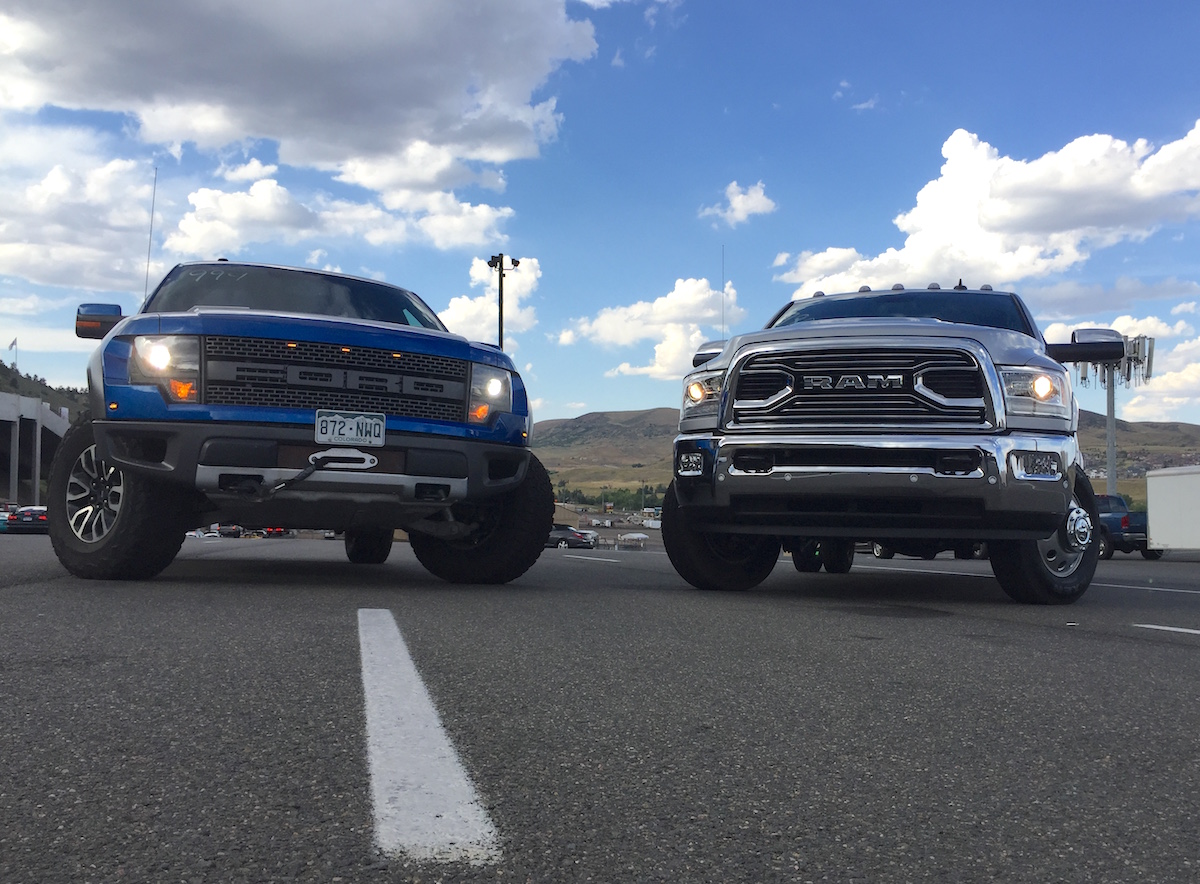
While TFLtruck has towed a multitude of times using several different trucks pulling a variety of different trailer loads, we always repeat the basics when we hookup. It’s just good practice, just like a pro athlete who constantly practices using the basics, it only makes for a better professional. It doesn’t matter if it’s Mr. Truck or a young intern, we always follow a checklist.
Know your engine and transmission: capability starts with your ability to pull and what your vehicle is geared to pull. If you don’t know the basics, towing is a bad idea. Keep in mind, if you are trying to tow a heavy load with a vehicle that’s not set up for it, the engine and transmission can easily overheat. Brakes may not be enough to stop the truck and trailer.
Here are some important pointers covered in this video:
- Know the GVWR (Gross Vehicle Weight Rating) of your truck and trailer weight before you hook up. Do not max out the rating of your truck or trailer.
- Be sure your load is properly tied down and the correct amount of weight is distributed properly on the trailer. This means that your tongue weight needs to be carefully considered (approximately 10% of the total trailer weight for a bumper hitch). Too little tongue weight and the trailer may dangerously sway. Too much tongue weight may overload your truck and make it squat too much.
- Trailer hookup chains must be used, and they should be crossed. Chains are the last line of defense when a trailer accidentally decouples or unhitches itself from the tow vehicle. Without chains, the trailer would simply break away completely from the tow vehicle. Crossing the chains helps mitigate the chance of the trailer’s tongue hitting the ground if it detaches. The crossed chains can literally cradle the tongue if it drops.
- Always remember to properly attach the breakaway cable. If the trailer you are towing is equipped with brakes (and it should be if it weighs more than 3,000 lbs), it must have a breakaway cable. The breakaway cable will instantly trigger the trailer’s breaks if ithe trailer detouches.
- Make sure the trailer and towing vehicle are as level as possible. A level trailer and tow vehicle insures safer performance mitigating sway, insuring proper braking and directional stability. A height adjustable hitch with a weight-distributing attachment can help.

- The tongue latch is held in place with a cotter-pin. It’s tremendously important to secure the tongue latch with this pin. Failure to do so could result in the tongue latch opening on the road, disconnecting the trailer from the hitch’s ball. We like tying the electric cable with the cotter-pin (when applicable) to keep it from dragging on the ground.
- Always check and double check the tire pressure on both the trailer and tow vehicle. Proper tire pressure improves overall performance, prevents premature tire failure, and reduces uneven tire wear.
- No matter how many times you tow, checking the trailer brake lights is very important. Several accidents can be linked to other vehicles on the road slamming into a trailer because on malfunctioning lights.
- Trailer brakes must be checked often. Make sure the brakes engage when the trailer brake controller’s manual slide actuator is engaged. Starting at a middle setting for the trailer’s gain is a good starting point before adjusting the braking engagement to your liking.
- Check and grease your trailer’s bearings as needed. Bearings that are left without proper lubrication can overheat and seize. This can destroy spindles, brakes and axles.
Always use common sense when towing. Keep your speed a little lower, use your mirrors properly, and always allow extra distance for braking and maneuvers. For the most informative literature on trucks and towing, check our our Truck Nuts book!
















![Which is More Reliable: 3.5L EcoBoost or 5.0L V8? [Reader Question] Second-generation 3.5-liter EcoBoost engine](https://tfltruck.com/wp-content/uploads/2016/05/Second-generation-35-liter-EcoBoost-engine.jpg)
![Which Silverado Engine to Get: 5.3L or 6.2L V8? [Ask TFLTruck] 2016 chevy silverado](https://tfltruck.com/wp-content/uploads/2015/10/2016-chevy-silverado-grille.jpg)
